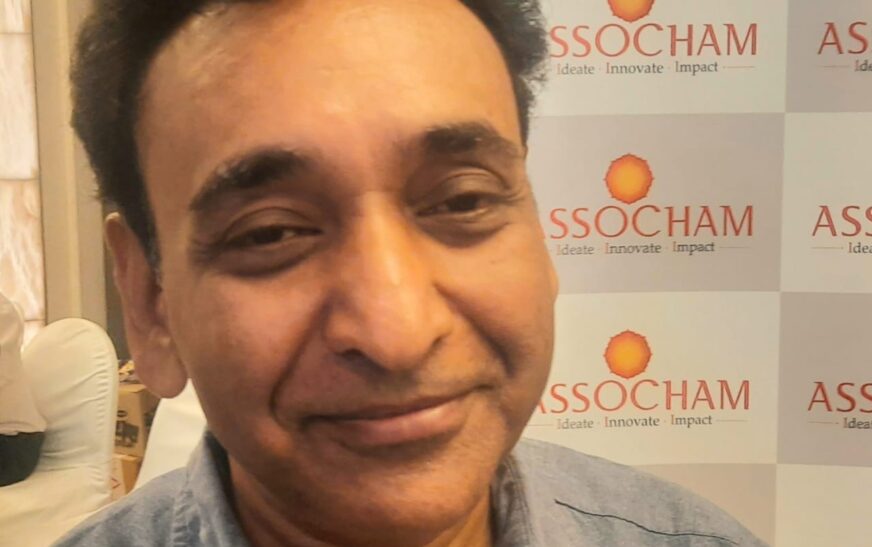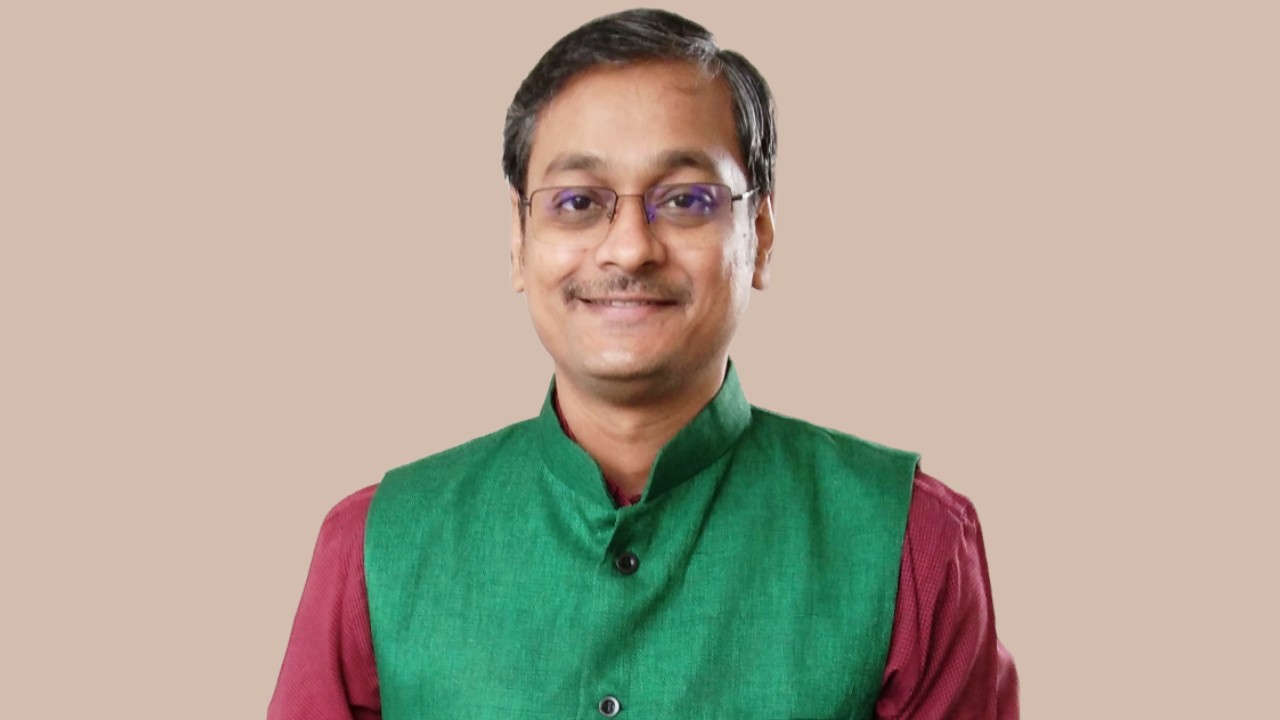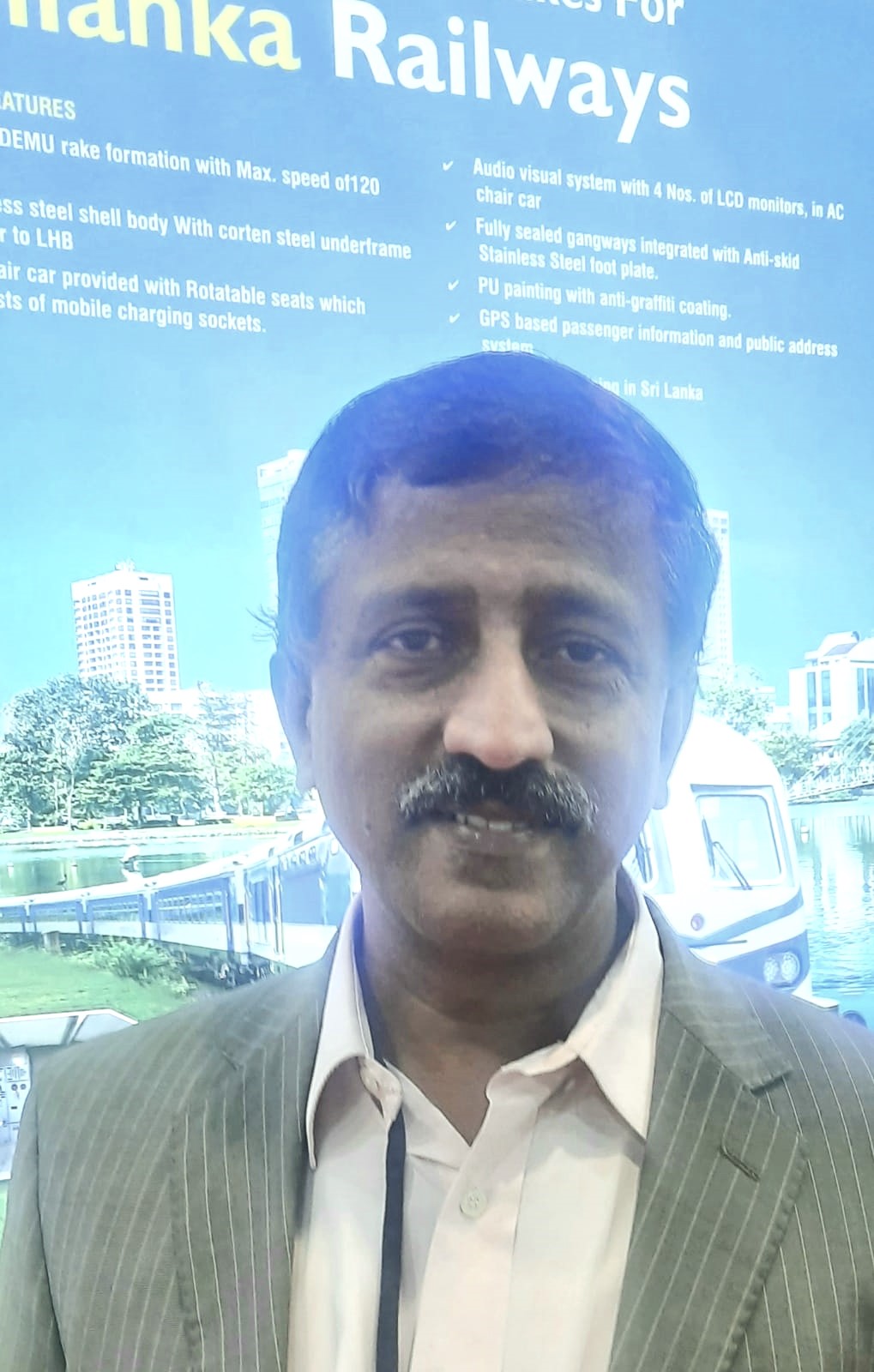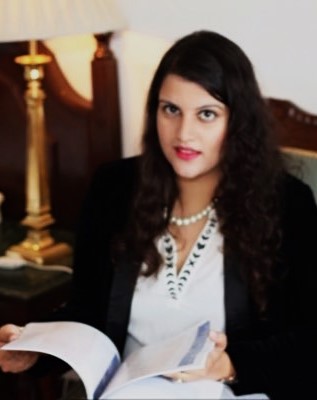The Ministry of Social Justice & Empowerment dispenses the formidable task of championing the welfare, social justice, and empowerment of society’s most disadvantaged and marginalized segments, including scheduled castes, backward classes, persons with disabilities, senior citizens, and victims of drug abuse. The core objective of its policies, programs, laws, and institutions is to elevate these target groups into the mainstream of development, thereby fostering their self-reliance and bolstering inclusion.
At the 6th Conference on Empowering Persons with Disabilities through Accessible & Assistive Technology, convened by ASSOCHAM, Rajesh Aggarwal, Secretary, Department of Empowerment of Persons with Disabilities, Ministry of Social Justice and Empowerment, Government of India, eloquently articulated the government’s resolute efforts to promote the inclusion of individuals with disabilities in employment and education.
In an exclusive dialogue with The Interview World, Rajesh Aggarwal expounded upon the pivotal role of social impact bonds and the social stock exchange, while also highlighting transformative initiatives aimed at rendering government buildings fully accessible for persons with disabilities. Here are the key insights from his interview.
Q: What initiatives is the government implementing to promote the inclusion of individuals with disabilities, particularly in the areas of employment and education?
A: At today’s ASSOCHAM conference, a diverse assembly of industry stalwarts, government officials, PSUs, and private sector leaders convenes. The government’s progressive policy includes a 4% reservation for individuals with disabilities, underlining their pivotal role in our workforce.
Recent years have witnessed a commendable shift across industries towards integrating persons with disabilities into their ranks. The private sector, particularly, holds vast potential to expand employment opportunities for this demographic. It heartens me to note that enterprises, both large and small, across India are actively embracing inclusivity by hiring individuals with disabilities. I also implore all stakeholders to ensure they receive the necessary accommodations, enabling our vibrant youth to contribute effectively with sustained dedication. Their remarkable stability and low turnover underscore their immense value to the industry.
The enthusiastic industry response underscores a burgeoning commitment to fostering a diverse and inclusive workplace, marking significant strides in our collective journey towards equitable employment practices and legitimate inclusion.
Q: Could you elaborate on how social impact bonds and the social stock exchange initiatives empower persons with disabilities and what specific impacts they have?
A: Traditional CSR funding, whereby every industry earmarks 2-3% of its profits, has long been a fixture in India’s corporate landscape. Esteemed entities like the Tatas and other conglomerates have historically championed these endeavors. Notably, the disability sector has also seen robust support through CSR funding, bolstering NGOs and startups alike.
Yet, a paradigm shift is underway with the emergence of social stock exchanges and social impact bonds. These innovations also signify a departure from conventional CSR norms. They entail dispensing funds in the form of grants and loans, contingent upon achieving tangible outcomes.
This approach stands out for its efficacy. By tethering funding to measurable results, it compels NGOs and startups to deliver on their promises to unlock financial support and expand inclusion in demography.
Q: What is the status of the Social Stock Exchange?
A: In India, substantial developments are underway. Just yesterday, Sarthak, a commendable NGO dedicated to empowering the visually impaired, apprised me of their successful IPO launch on the social stock exchange, raising 1 crore rupees to fuel transformative new ventures.
In my address today, I underscored Infosys as a beacon of inspiration. Their pioneering initiatives for deaf children exemplify a steadfast commitment to social stewardship.
Q: Can you elaborate on how your work with Braille and tactile books is helping to address the educational gap, specifically the 500 hours of educational content, for blind and deaf students?
A: We are dedicated to enhancing accessibility for visually impaired children by providing Braille and tactile books, in collaboration with the National Book Trust. Our commitment extends to creating engaging children’s stories available in Braille and audio formats. Ensuring comprehensive educational access, our library includes Braille and audio versions of all NCERT textbooks, although resources for deaf children are currently limited.
Presently, NCERT’s sign language curriculum only covers up to the 5th level. With the support of private sector funding, our ambitious goal is to expand this curriculum to encompass levels 6 through 12 within the next year. Leveraging the extensive network of the deaf community, we are resolute to achieve this milestone, ensuring that educational resources are inclusive and equitable for all children, regardless of their abilities.
Q: Many government infrastructures and buildings still lack proper accessibility features for differently-abled individuals. What specific measures and initiatives is the government planning to implement to ensure these facilities become fully accessible and inclusive?
A: We have allocated significant funds towards retrofitting aging government buildings as part of the Accessible India and Barrier Free campaigns. In recent years, newly constructed government facilities are available with a strong emphasis on meeting accessibility standards.
While major shopping malls and private office complexes demonstrate commendable adherence to accessibility guidelines, smaller establishments such as restaurants and offices often struggle to provide adequate accessibility. This disparity highlights ongoing challenges in achieving universal access.
Schools have seen notable improvements in accessibility through initiatives by the Election Commission, including the installation of essential ramps. These efforts underscore a promising trend towards inclusivity.
Furthermore, advancements in transportation infrastructure are noteworthy, with airplanes, smart city buses, and modern trains like the Vande Bharat integrating robust accessibility features. Concurrently, extensive renovations of railway platforms are underway to ensure they meet universal accessibility standards, reflecting a concerted effort to enhance accessibility across public transport networks.
Q: Many disabled children in villages face barriers to education and are unable to join mainstream schooling. What strategies or initiatives can be implemented to ensure their inclusion and provide them with the necessary educational opportunities?
A: We have received mandates from various courts, including those from the Chief Commissioner of Persons with Disabilities (CCPD) and State Commissioner for Persons with Disability (SCPD), ensuring schools cannot refuse admission to disabled children. Despite encountering numerous challenges, we pursue these cases vigorously through legal avenues.
Today’s figures highlight a significant achievement: more than 20 lakhs of our young scholars are enrolled in inclusive schools across the nation. State governments allocate funding to both specialized and private educational institutions. Emphasizing inclusive education not only integrates children with disabilities into mainstream schools but also fosters robust social interactions and enriches educational outcomes for all students. This approach encourages a more inclusive society where all children can learn and grow together, promoting diversity and understanding among peers.









